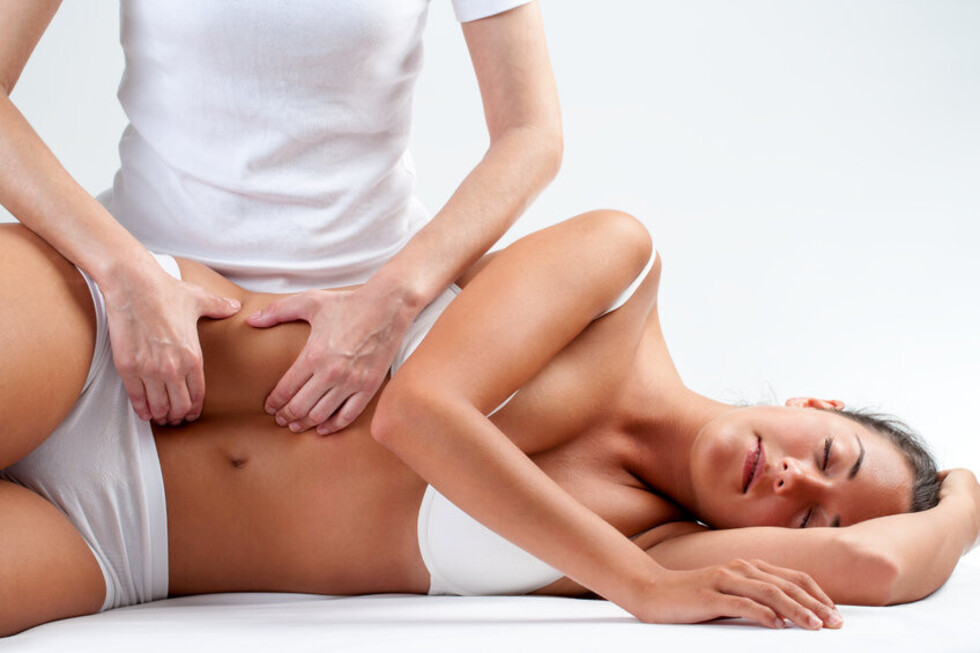ACC DATA:
According to the ACC National Service Report of June 2016, for the conditions of lumbar (low back) sprain, neck sprain, sacroiliac sprain and shoulder and upper arm sprain, Osteopaths were more likely to require 0-5 treatments compared to physiotherapists who were more likely to require 6-10 treatments for these conditions. Also, under Osteopathic treatment 96-99% of injured patients were returned to independence, compared to 60-65% for those patients receiving a mix of clinical services.
Osteopathy can be useful in treating a wide range of symptoms and conditions in children and adults. Our treatments are based on clinical experience, and expert opinion and are informed by evidence where available. People come to see us for the following researched conditions: (Please note this page is still being completed and is continually updated)
Ear infections and glue ear - The tissues of the upper back, ribs, and neck which attach to the underside of the cranium can pull on the membranes surrounding the temporal bone (which the ear sits in) and affect the eustachian tube drainage from the middle ear into the back of the nose. Freeing up the temporal bone assists in easing acute ear infections in children or adults. We also work with the more chronic situation of glue ear to assist drainage and help avoid grommet surgery if at all possible. Research in Australia has shown that antibiotics are no longer recommended as a treatment for recurrent ear infections in children.
Gastrointestinal disorders in term and preterm infants
Back and neck pain - Our Osteopaths are highly trained and experienced to help people every day in this area. We take a thorough look at why you may be getting neck or back pain, we ask many questions and assess your whole body structure and how it functions. We aim to get results quickly to get you out of pain, save you time, and reduce suffering. We also look at developing a plan with you so we can help prevent it from re-occurring. Our aim is always for you to remain pain-free and for you NOT to need to see us again!
Also see the ACC data summary for a number of treatments at the top of this page.
Sinus pain - Very small but important motion is required in the bones of the face, in particular the frontal and maxillary bones, in order for the sinuses to keep draining well. Our patients report immediate relief from the pain and pressure of sinus congestion, with our gentle osteopathic treatment. Research Article
Headaches - There are many kinds of headaches and causes, we usually see people with headaches which are caused by strain in their neck or upper back or from the membranes in the head which have lots of nerves in them. We are trained to assess 'red flag' type headaches and refer for further assessment including scanning if appropriate. Research Article
Pregnancy back pain - In pregnancy, the growing uterus requires postural changes to maintain balance. Also, the hormone relaxin softens ligaments and can result in pelvic or back pain. We find that past injuries such as a fall onto the bottom, even many years before, can show up as a problem in pregnancy. We can treat with the pregnant woman lying comfortably on her side or seated, to restore balance and improve functional reserve to tissues. Our patients find this to be very helpful in reducing their discomfort. We are also able to restore the optimal balance to the pelvis and related muscles to allow for the best natural birth possible.(Research Article )
Carpal tunnel - Research Article
Preparation for labour - We recommend pregnant women come into the practice around 35 weeks pregnant for a pre birth assessment of their pelvis and uterus balance. We find this helps improve the birth process and results in fewer interventions. Research Article
Pre-term infants -
Hyperactivity - Research Article: Hyperactivity is often multifactorial so diet and environment also need to be looked at in the appointment. We find that treatment directed towards calming the autonomic, in particular the sympathetic nervous system helps with calming, digesting and sleeping better)
Speech problems - (may be caused by tongue, jaw or breathing problems so we really need to make an assessment to be more specific )
Asthma - Osteopaths can't stop the initial allergic reaction of bronchial spasm and increased mucous production, but we can help reduce the autonomic nervous system response to the allergen, also help improve the rib cage mobility and ease the accessory muscles of respiration which can get so tight and sore with the effort of breathing.
Dental problems and orthodontics - We see children of any age and also adults when they are undergoing orthodontic work. (For example to ease pain in the head, neck, jaw or face associated with braces)
Jaw or TMJ pain or clicking - This can occur after an injury such as a blow to the side of the head or to the jaw directly. We have also seen problems after a long dental surgery session or if the bite is 'off'. It can be very painful and distressing to have pain in this area and be unable to eat or exercise without pain. We find that our gentle techniques are very effective at restoring better jaw function quickly following acute injury. (Research science direct)
Fibromyalgia - We use gentle myofascial release techniques including the osteopathic technique Counter-strain to 're-set' the central nervous system when there are trigger points causing pain in the tissues. Research Article
Post surgery - To reduce your recovery time
Cranial whole body diagnosis requires an acutely trained sense of touch coupled with a fine discrimination as to the dysfunctions present in need of correction, and this can only be learned by years of study and training under skilled instruction.
Cranial treatment is extremely gentle, is suitable for infants, children and adults of any age, and involves no pain for the patient.
Research evidence on Safety of Cranial Osteopathy:
We would like to see more high quality scientific research for many problems common to Babies and Children. These problems include colic, flat head (plagiocephaly), glue ear, sleeping problems and irritability. Our clinic would be happy to participate in any such trials.
WHAT IS OSTEOPATHY?
Osteopathy is a system of manual medicine that looks at the relationship between the body's physical structure and its impact on physiological processes.
Manual medicine refers to the use of the hands both in the examination and diagnosis of mechanical imbalances within or between physical structures, and also in the correction of these imbalances.
Physical structure refers not just to the musculoskeletal system (although this is very important), but to all tissues that make up the human organism.
Physiological processes include the nourishing and transporting functions of blood and fluids, the guiding functions of the nervous system, direct metabolic functions of the cells themselves, and biochemical activity.
The body's inherent capacity for health, homeostasis and self-repair can be impeded by imperfect structure and motion of any part of it. Osteopathic treatments involve a gentle, effective hands-on treatment following whole body Osteopathic diagnosis.
Each of our osteopaths have studied for four or five years full-time (40 hours per week) at University. The course of study to become an osteopath includes Anatomy, Spinal Anatomy, Human Dissection, Embryology, Physiology, Pathology, Neurology, Physics, Chemistry, Biochemistry, Histology, Orthopaedics, Orthopaedic, Neurological and Physical examination, Differential Diagnosis, Paediatrics, Geriatrics, Obstetrics and Clinical Osteopathy.
Osteopaths must be registered with the Osteopathic Council of New Zealand (OCNZ) which is the governmental registration body for osteopaths set up under the Health Practitioners Competency Act in 2004. New Zealand Osteopaths are registered ACC treatment providers.
In the United States, Osteopaths are medical doctors and there are Osteopathic hospitals that look like our hospitals, however the model chosen for New Zealand and Australia is Registered Osteopaths as primary healthcare physicians who use their hands rather than drugs to assist the body back to optimal health.

